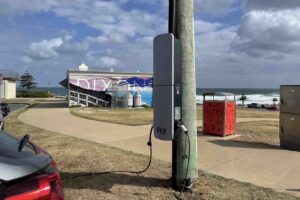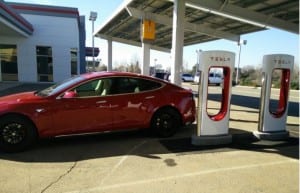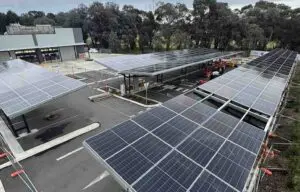It would seem a concept that is difficult to grasp given the current offerings of electric and internal combustion cars, and the often significant premium required to purcase EVs, but one leading is predicting such a profound shift that petrol and diesel cars may soon be too expensive to buy and maintain.
Adam Jonas, the highly regarded transport analyst for Morgan Stanley, makes the stunning prediction in one of his latest notes, pointing out that while EVs have a growing share of the market, and have achieved some incremental price reductions, we ain’t seen nothing yet.
Jonas points to the situation a century ago, when the horse and cart was replaced by the motor vehicle at a speed that could barely be imagined at the time. He says it wasn’t the invention of the automobile or even the roll-out of the Model T that signalled the transition, it was the huge reduction in manufacturing costs.
Before the Model T, cars cost around $US80,000 on average in today’s money. The entry of the Model T in 1909 brought the price down to around $US24,000 a unit (in today’s dollars), and then higher volumes and the introduction of the moving assembly line brought the price down to around $US3,790 in today’s mony by 1925. That was one twentieth the price of a car, adjusted for inflation, in 1907.
Will that happen with EVs? Jonas says it might, because EVs, and new manufacturing techniques and the introduction of software, connectivity and other features will likely reduce the number of parts in a car from around 10,000 to about 100, or even less.
To read the full version of this story, please go to our EV-focused sister site, The Driven and click here…










